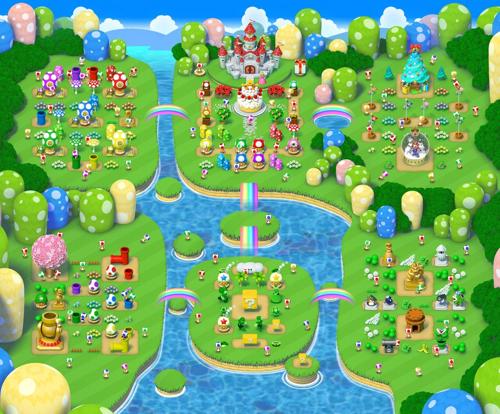I mentioned how I’m frustrated when games don’t treat rewards as rewards. There’s a more subtle and complex example of this in TY the Tasmanian Tiger 2.
Ty’s central gimmick is his collection of ‘rangs (boomerangs) with varying effects. Some of them affect environmental objects, such as fire ‘rangs that can melt ice or ice ‘rangs that can put out fires.
In TY 2, the Bush Rescue HQ is a safe zone where you can experiment with your abilities, similar to Peach’s castle in Super Mario 64. It’s dotted with minor platforming challenges that reward small amounts of in-game currency. But some of them require ‘rangs you don’t start with.
Tucked away on a particular rooftop is a broken-down generator. It’s a little hard to find and a little hard to get to. A mobile platform carrying some currency hovers in midair nearby - but too far away to jump to. It’s obviously a tutorial for the electric Zappyrang that can start up machinery - you’re supposed to wonder how to turn on the generator, remember it when you get the Zappyrang, come back and use it to get the currency, and then be all set for generators you encounter later in the game. The currency itself barely matters - it’s a small amount, just there to make sure you have a reason to remember the generator.
So when I got the Zappyrang, I excitedly went back to HQ to turn on that rooftop generator. And sure enough, the nearby platform came closer… and then moved away again. It went back and forth and even at its closest, I wasn’t sure it was quite close enough to jump to. I tried over and over and kept missing. Each attempt was separated by taking several seconds to climb back up to the rooftop (longer if I didn’t turn back in time and fell off the hill the building was on and had to get back up that first) and then waiting for the platform to come closer.
I didn’t even care about the damn currency - I could easily get more in less time. It was the principle. It was the fact that I’d gotten the Zappyrang and remembered to come back and find the generator. It was the fact that the setup implied that was supposed to be the hard part. I’d earned the reward, and collecting it was supposed to be easy.
But I never pulled it off. I eventually gave up and moved on. I still don’t know whether I was supposed to be able to make that jump or if there was something else I was supposed to do.
So to me, that moment failed in three ways, each of which increased my frustration.
First, by teasing a reward that was then withheld. As a Zappyrang tutorial, collecting the reward should have been dead simple: activating the generator should have moved the platform very close by and left it there so that it was easy to jump to.
Second, by being overly punishing. The platform could easily not have been positioned such that jumping for it meant going off a cliff if you missed and didn’t turn around in time. There was no reason for each attempt to take so long to get back to - this wasn’t part of some kind of endurance or mastery challenge.
Third, by providing unclear feedback. A ledge that you can almost jump to is actually the exact example I used to illustrate why challenge profiles should be clear - I had no way to tell whether I was supposed to be able to make the jump or not. It seemed unreasonably hard, but I saw no indication that there was anything else I was supposed to do to get onto that moving platform. If there was in fact another step, that should have been made clear; otherwise the jump should not have been borderline-impossible.
By itself, this was not enough to make me stop playing. But it absolutely decreased my confidence that I could trust the game’s designers to provide a quality experience. And when I ran into other issues later on, I considered whether they were worth dealing with and found that I was unwilling to give the game the benefit of the doubt. I put it down and haven’t looked back.


